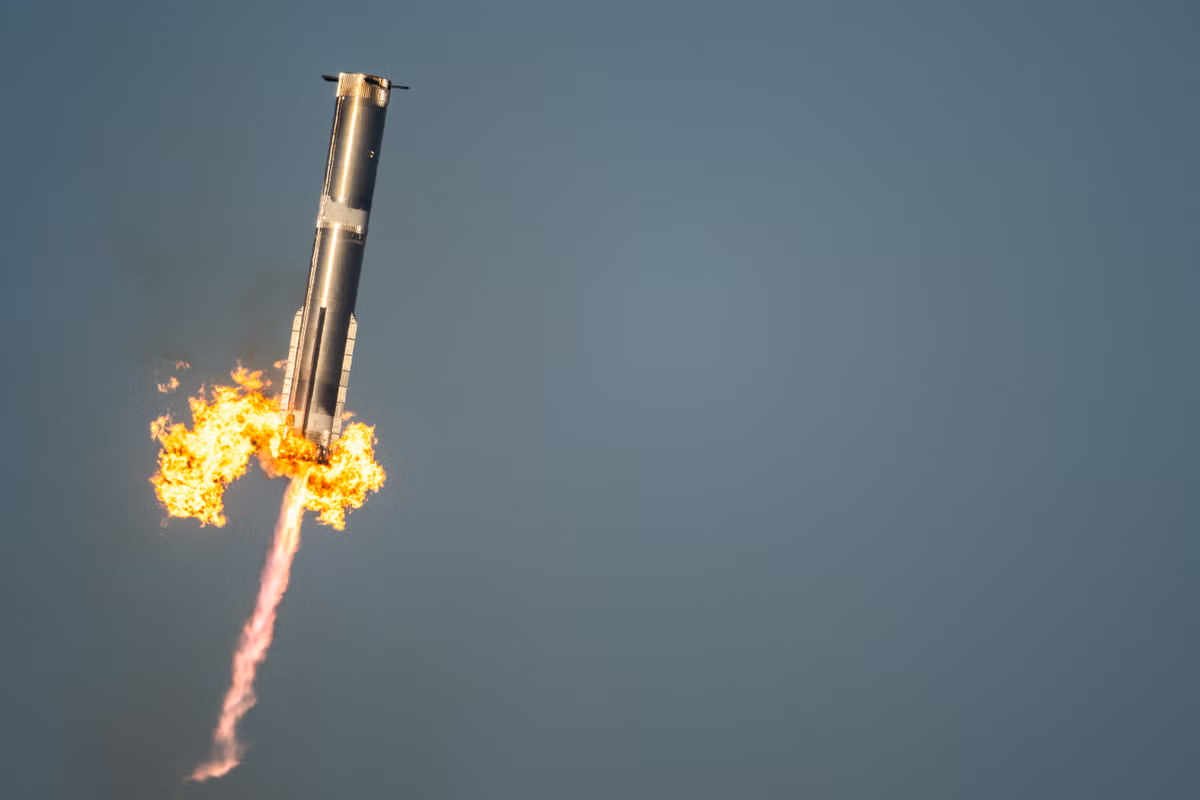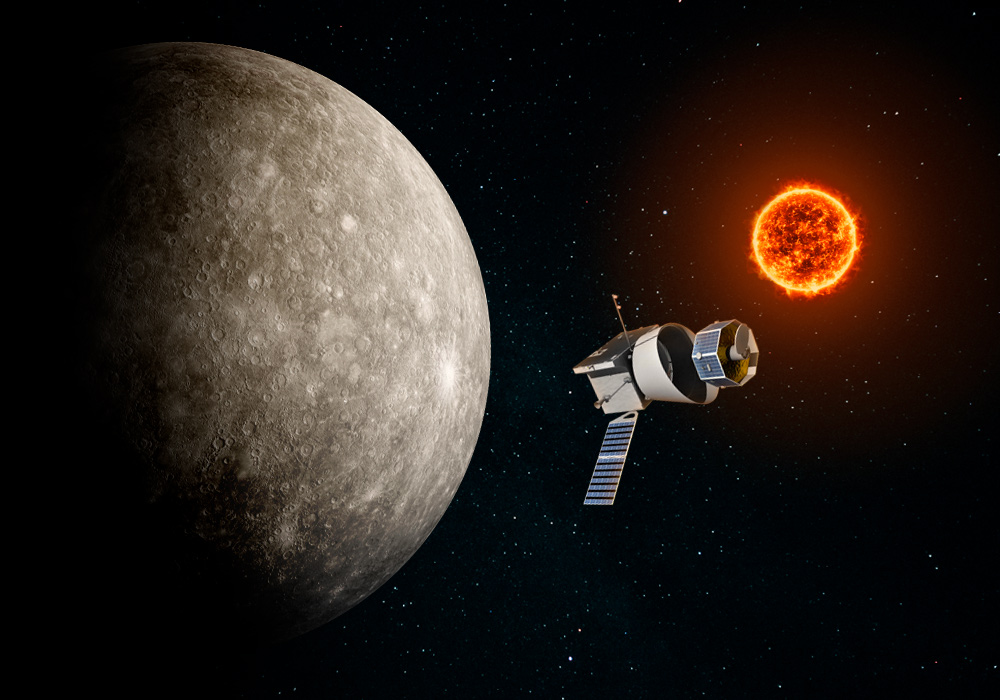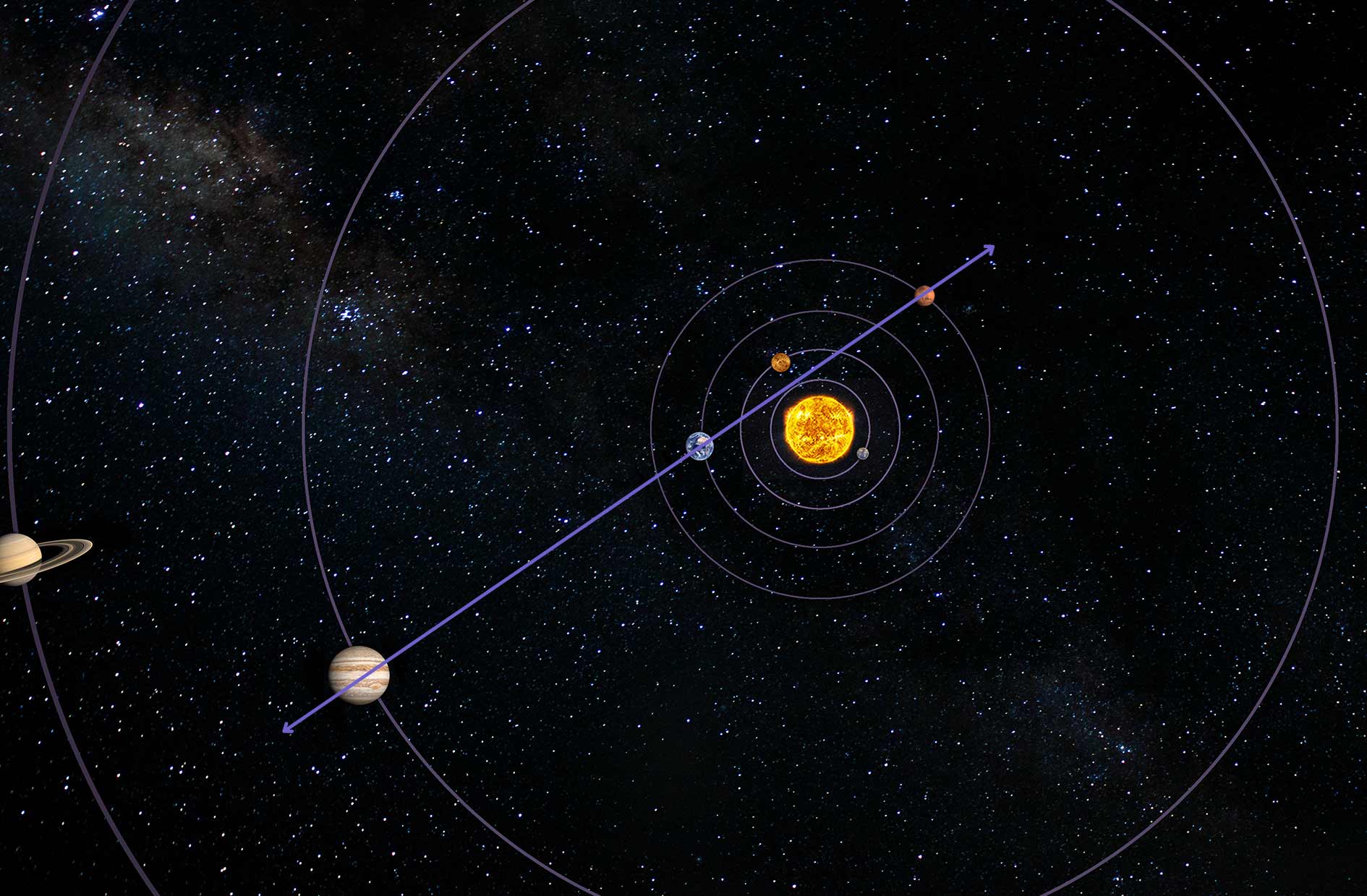SpaceX Explosions have played a crucial role in advancing rocket technology, turning failures into valuable lessons for innovation. From early Falcon 1 setbacks to dramatic Starship test failures, each explosion has helped SpaceX refine its designs and push the boundaries of space travel. At Spaceyv, we explore the most significant SpaceX explosions, what caused them, and how they contributed to groundbreaking successes like reusable rockets and future Mars missions. 🚀🔥
SpaceX , founded by Elon Musk in 2002, has revolutionized space travel, making reusable rockets a reality. However, the road to success wasn’t smooth. Before the Falcon 9, Falcon Heavy, and Starship became the reliable workhorses of modern spaceflight, SpaceX had to endure multiple failures, explosions, and setbacks.
These failures weren’t just accidents—they were valuable learning experiences that helped SpaceX develop some of the most advanced rockets in history. At Spaceyv, we explore the most iconic SpaceX explosions, what went wrong, and how these failures ultimately led to success.
SpaceX Explosions : The Early Days: The Falcon 1 Failures (2006-2008)
Before the Falcon 9 and Starship, SpaceX’s first attempt at an orbital rocket was the Falcon 1—a small, single-stage rocket designed to carry satellites into orbit.
🚀 Launch 1: March 24, 2006 – First Failure
-
Falcon 1 lifted off from Kwajalein Atoll but crashed 25 seconds after launch.
-
Cause: A fuel line leak led to an engine fire and loss of control.
-
Lessons Learned: SpaceX redesigned the fuel system for future launches.
🚀 Launch 2: March 21, 2007 – Second Failure
-
Falcon 1 successfully passed stage separation, but the second stage shut down too early.
-
Cause: Fuel sloshing in the tank caused engine instability.
-
Lessons Learned: SpaceX added baffles inside fuel tanks to prevent sloshing.
🚀 Launch 3: August 2, 2008 – Third Failure
-
The rocket successfully launched, but a timing error caused the first and second stages to collide after separation.
-
Cause: Residual thrust from the first stage pushed it back into the second stage.
-
Lessons Learned: Improved stage separation mechanisms were implemented.
🚀 Launch 4: September 28, 2008 – First Success!
-
After three failures, Falcon 1 finally reached orbit, proving SpaceX could build a functional rocket.
-
This success secured SpaceX a $1.6 billion NASA contract for future launches.
The Falcon 9 Explosions: Bigger Rockets, Bigger Failures
With Falcon 1 proving the technology worked, SpaceX moved on to a larger and reusable rocket—the Falcon 9. But success didn’t come without explosive setbacks.
The CRS-7 Explosion (2015) – Mid-Air Disintegration
🚀 Launch Date: June 28, 2015
🚀 Mission: Deliver cargo to the International Space Station (ISS)
🚀 Failure: Falcon 9 disintegrated 139 seconds after launch
🛑 Cause: A strut holding a helium tank broke, causing the second stage to rupture.
✅ Fix: SpaceX strengthened struts and added more rigorous testing.
The AMOS-6 Explosion (2016) – The Pre-Launch Fireball
🚀 Launch Date: September 1, 2016
🚀 Mission: Launch the AMOS-6 communications satellite for Facebook
🚀 Failure: Falcon 9 exploded on the launch pad during a static fire test
🛑 Cause: A liquid oxygen buildup in the composite overwrapped pressure vessel (COPV) led to ignition.
✅ Fix: SpaceX changed fueling procedures and redesigned the COPVs.
Despite these failures, SpaceX continued improving Falcon 9, leading to the first successful booster landing in 2015 and full reuse of rockets.
The Starship Explosions: The Path to Mars is Paved with Fire
Elon Musk’s ultimate goal is to colonize Mars. To do this, SpaceX is developing Starship, a fully reusable, massive rocket designed for interplanetary travel. But this cutting-edge technology has faced spectacular explosions during testing.
SN1 to SN4: The Serial Explosions (2020)
🚀 SN1 (February 2020): A pressure test failure caused the tank to burst like a soda can.
🚀 SN3 (April 2020): A test failure due to a faulty cryogenic pressure system.
🚀 SN4 (May 2020): Successfully ignited but exploded after landing due to a methane leak.
SN8 (December 2020) – The “Epic” Belly Flop Explosion
🚀 Success: SN8 performed a perfect high-altitude test, with a controlled descent using its aerodynamic flaps.
🚀 Failure: Landing engine failure led to a massive explosion upon touchdown.
🛑 Cause: Low methane pressure prevented proper landing burn.
✅ Fix: Improved methane pressurization for smoother landings.
SN9 & SN10: Explosive Progress
🚀 SN9 (February 2021): Failed landing, hard impact, explosion.
🚀 SN10 (March 2021): Successfully landed but exploded minutes later due to leg failure.
✅ Fix: Stronger landing legs and fuel flow systems.
Starship’s First Orbital Flight – Explosive Lessons (2023-2024)
🚀 April 20, 2023: First orbital launch attempt—vehicle exploded due to booster failure.
🚀 November 18, 2023: Second launch—achieved separation but lost contact before reaching orbit.
SpaceX keeps improving, and each Starship explosion brings them closer to a fully operational Mars rocket.

What SpaceX’s Explosions Teach Us About Innovation
At Spaceyv, we see these failures as essential stepping stones to progress. SpaceX’s approach to failure is different from traditional space agencies:
✅ Fail Fast, Learn Fast – SpaceX tests rapidly, knowing failures will speed up innovation.
✅ Reusability is the Future – Even after explosions, lessons learned help reduce costs.
✅ Public Transparency – SpaceX broadcasts failures rather than hiding them, inspiring engineers worldwide.
Today, SpaceX dominates spaceflight, launching astronauts, satellites, and cargo more frequently than any other space agency. And soon, Starship will take humans to the Moon, Mars, and beyond.

Final Thoughts: The Explosions That Built the Future
SpaceX’s history of explosions is not a sign of failure—it’s proof of relentless innovation. Every rocket that didn’t make it contributed to one that eventually did.
As Elon Musk often says:
💬 “If things are not failing, you are not innovating enough.”
At Spaceyv, we believe SpaceX’s approach will shape the future of human space exploration. From fiery crashes to historic landings, every explosion is a step toward a new era of space travel.
🚀 What do you think? Will Starship become the first rocket to land humans on Mars? Let us know at Spaceyv.com!
References
1️⃣ SpaceX – Falcon 1, Falcon 9, and Starship Launch Reports
2️⃣ NASA – SpaceX’s Contributions to Commercial Spaceflight
3️⃣ BBC Science – A History of SpaceX Explosions
4️⃣ National Geographic – Why SpaceX’s Explosions Are Actually Good for Spaceflight
5️⃣ Elon Musk’s Twitter & SpaceX Statements on Starship Testing
🚀 Stay tuned for more space news on Spaceyv!



